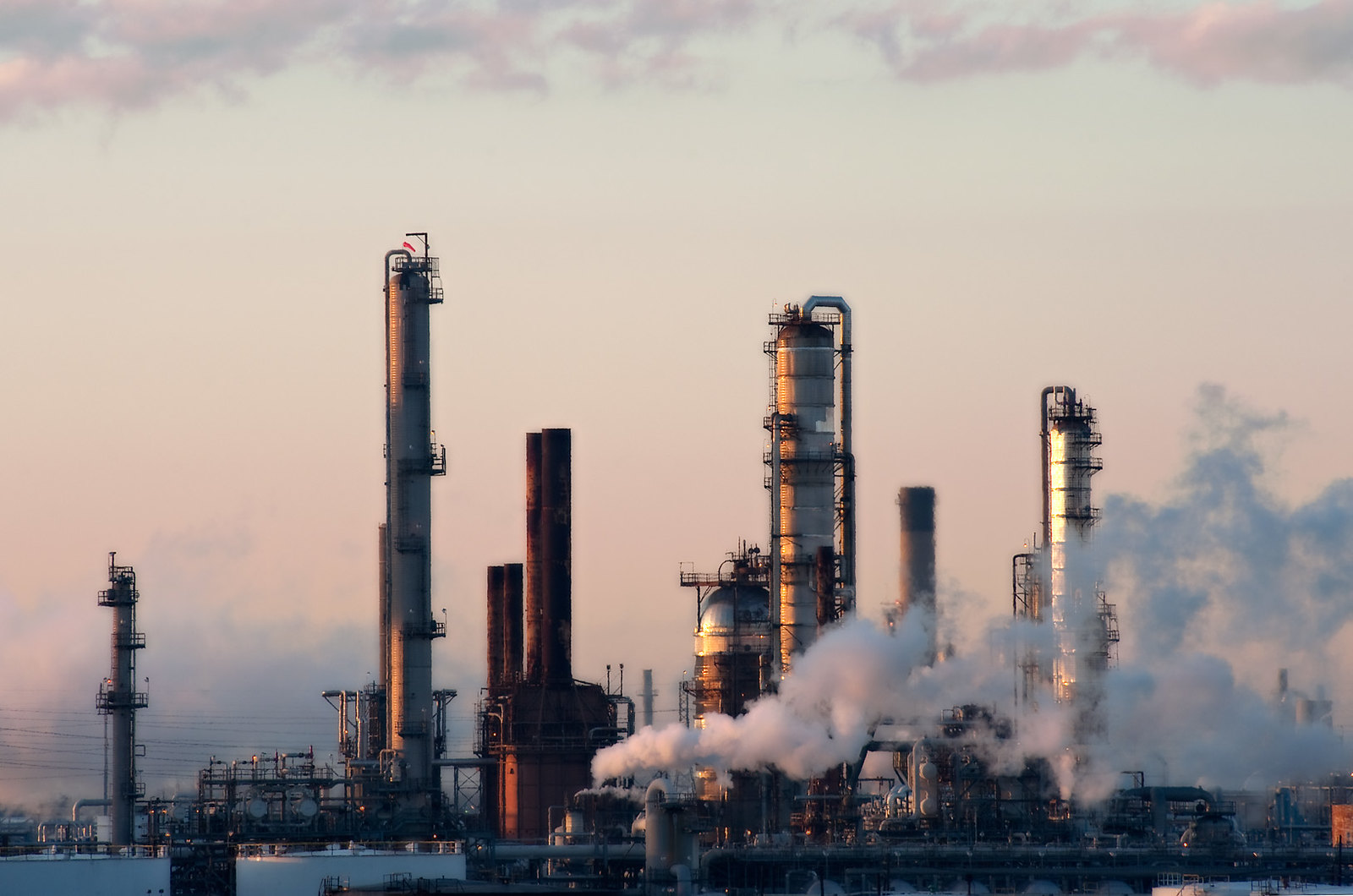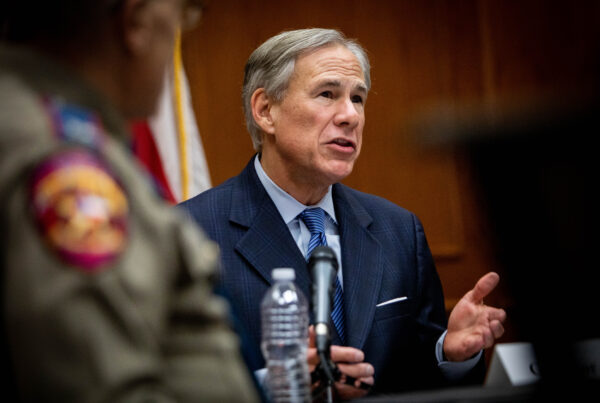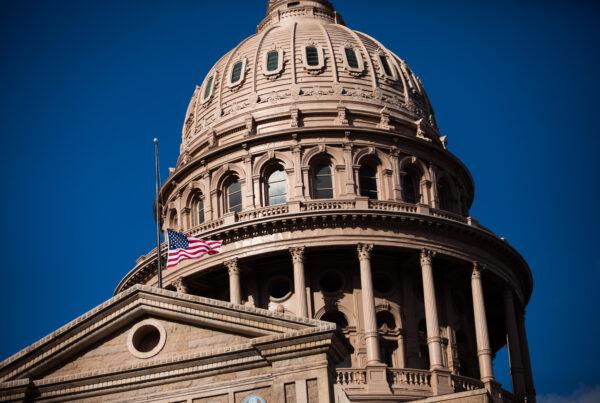The petrochemical industry along the Gulf Coast is a key cog for the Texas economy. The region is thick with oil refineries and chemical plants. And for years, residents sounded the alarm that they were being poisoned by the pollution that came from those facilities.
Regulators, such as the Environmental Protection Agency, have had trouble quantifying the impact of the pollution, and holding offenders accountable. But that could change with a set of new rules that officials say could reduce the number of people in these areas who face a significant cancer risk.
Lylla Younes, a staff writer for Grist, spoke to Texas Standard about the new rules. Listen to the story above or read the transcript below.
This transcript has been edited lightly for clarity:
Texas Standard: The EPA says these new rules will be particularly significant for folks in Texas and Louisiana. How so?
Lylla Younes: So these rules cover two different sets or types of chemical facilities that are very common along the Gulf Coast. And these are particular types of chemical plants, synthetic rubber manufacturing facilities that release really large amounts of carcinogens, including the chemical ethylene oxide, which has been found to be responsible for generating the most cancer risk from industrial air pollution in the U.S. So what these rules are going to do is tighten standards on these particularly dangerous facilities. They will also require companies to install fenceline monitors to make sure that they are actually abiding by those standards.
When you’re talking about airborne particulates, though, I mean, what do you do to reduce those carcinogens? Are you talking about scrubbing? A reduction in production? What exactly?
You essentially have to update the technologies that are responsible for capturing this pollution in the first place. So these rules include various provisions. For example, they’re not going to be able to release as many toxic chemicals into the air from burning off chemicals anymore. And they also have different requirements for storage tanks, leak detection. So you kind of have the set of different standards that these companies are going to now have to abide by. And then they’re going to have to prove that they’re abiding by them because they’re going to be installing these monitors on their sites that are going to measure the pollution in the air. And they’re required to actually now post that information online for the public to see.
How do you guarantee compliance? Because it sounds like a lot of this is going to fall on the companies themselves. The EPA won’t have individual human monitors or something, I would presume.
That’s correct. While the EPA’s enforcement division has been historically struggling to carry out the sort of inspections that it intends to do every year, the Biden administration has promised to up enforcement to add new personnel to that division. So we are expecting to see greater numbers of inspections in these types of facilities. And moreover, we’re also going to see that fenceline monitoring data come online every day or every week, I believe. And so that data itself is going to sort of show the government, “oh, here’s a red flag. This facility is not complying.” And so it’s going to help direct the agency to kind of pinpoint the places where it really needs to up its enforcement.
How did the EPA measure the risks that facilities posed to people who live nearby in the first place, and why is that so important?
Typically, the agency will measure risk using various modeling exercises. So it basically takes industry-reported emissions every year and input it into this… you can think of it as like a software. And the software will estimate how many people are exposed to certain, what amount of toxic air pollution. It’s a really important exercise because it’s often the only real way that we can have any sense of what people are actually breathing every day. We can’t just kind of blanket society in them, right? So we need some way to approximate the emissions and to pinpoint where to really focus agency action. And so that’s why this modeling exercise is so important.
What’s going to happen before these rules go into effect? And is there any pushback from the state of Texas, which at least in the past has tended to side with a lot of these companies when it comes to disagreements over new environmental regulations?
So these rules are really just a proposal for now. There’s now like a 60-day comment period in which environmental groups and industry and whoever else can comment and the EPA is required by law to consider those comments. So it’s by no means finalized, these rules, and we could see some changes in them and we could also see legal action on the part of states and industry if they disagree strongly enough with these provisions. So it sort of remains to be seen. I think for the time being, we can expect to kind of see the comments roll in and kind of wait for the agency to decide what to do with them.














